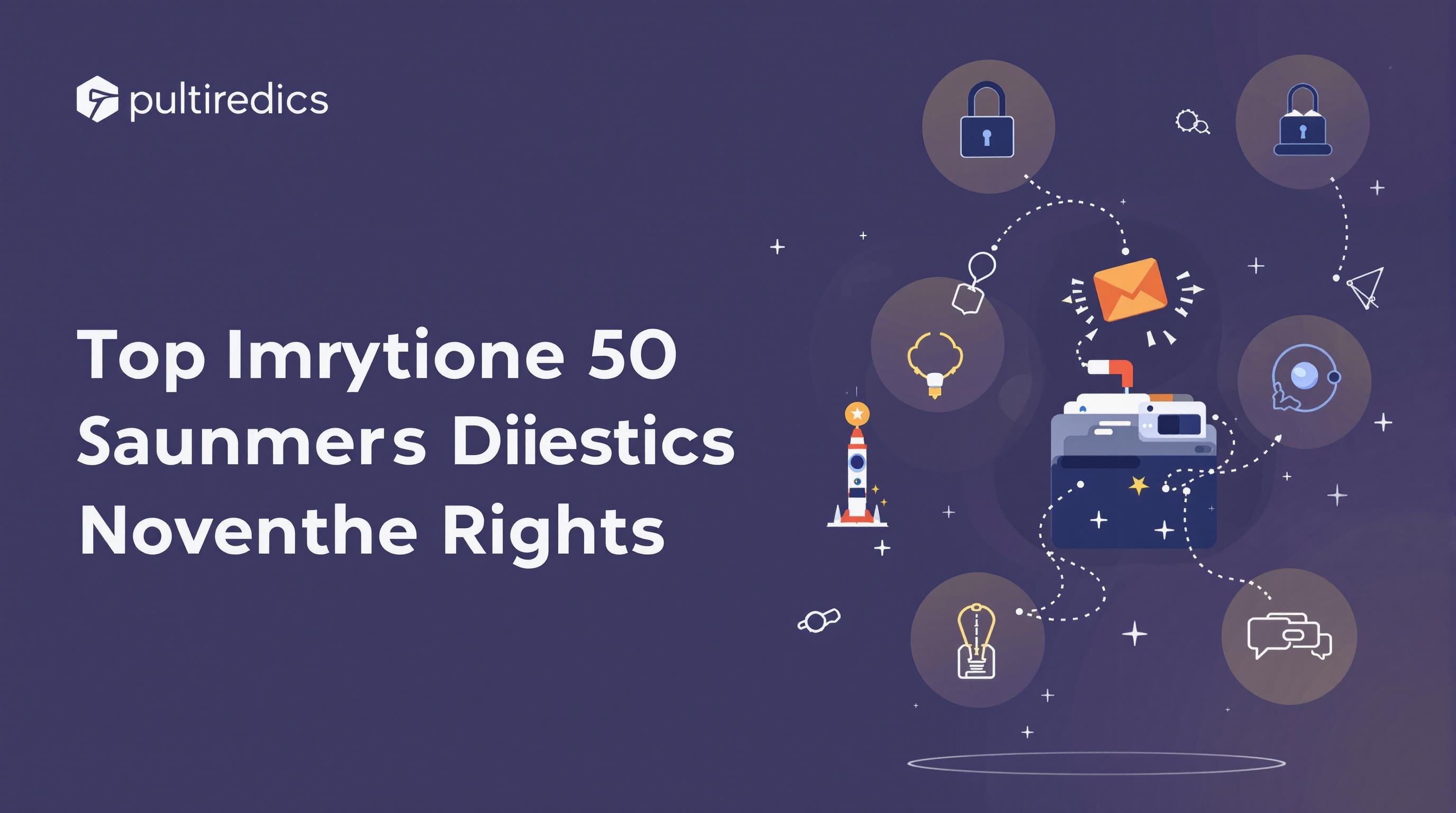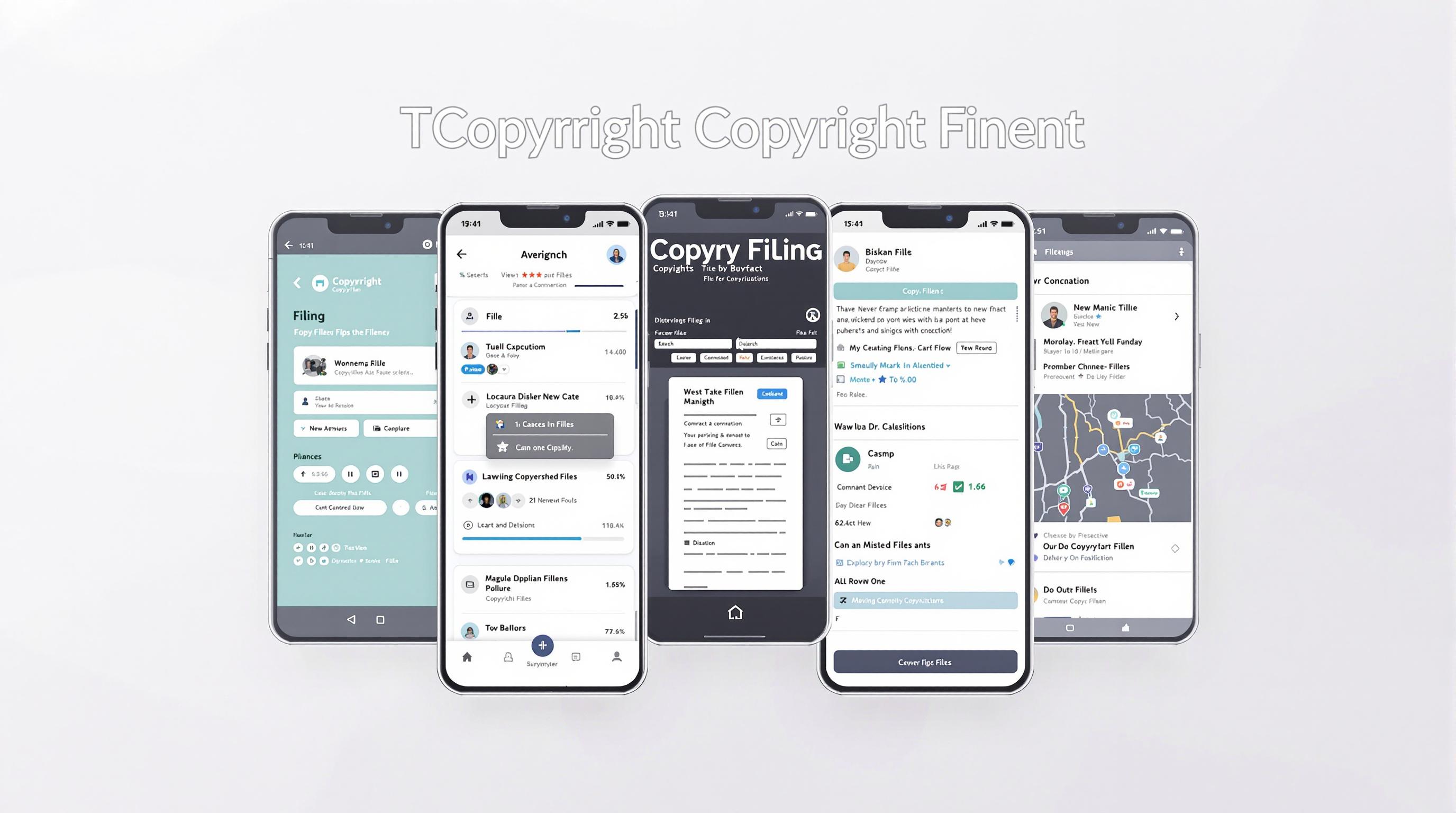Related Articles
- Top 5 Game-Changing Copyright Management Apps from 2019 to 2024 for Modern Creators
- Top 5 Game-Changing Copyright Management Apps Released Since 2019 for Fast, Foolproof Filings
- How Traditional Storytelling Shapes Community Healing in Conflict Settlement Practices Worldwide
- The Role of Ancient Storytelling Traditions in Shaping Modern Conflict Settlement Practices
- The Quiet Shift: How Climate Change Is Secretly Reshaping Liability Standards in Insurance Policies
- The Unseen Impact of Climate Change on Rural Insurance Mandates and Local Risk Assessments
Top 7 Innovative Solutions Launched Since 2019 for Securing Creative Rights Efficiently Reviewed
Top 7 Innovative Solutions Launched Since 2019 for Securing Creative Rights Efficiently Reviewed
Top 7 Innovative Solutions Launched Since 2019 for Securing Creative Rights Efficiently Reviewed
1. Blockchain-Based Copyright Registration
Since 2019, blockchain technology has emerged as a revolutionary tool in securing creative rights. Platforms like Ascribe and Po.et use blockchain to create immutable records of creative works, ensuring proof of ownership is securely stored and easily verifiable. This eliminates traditional paperwork and reduces disputes over intellectual property ownership.
The decentralized nature of blockchain means that no single authority controls the data, increasing transparency and trust within the creative community. Smart contracts further automate licensing agreements, making royalty distributions more efficient.
According to a 2020 report by the World Intellectual Property Organization (WIPO), blockchain adoption in creative industries has shown promising results in reducing infringement cases and speeding up rights management workflows.
2. AI-Driven Copyright Detection and Enforcement Tools
The rise of artificial intelligence has transformed how creative rights are monitored and enforced. Tools such as Copytrack and Pixsy utilize AI algorithms to scan the internet for unauthorized uses of images, videos, and texts.
These platforms quickly identify infringements and assist rights holders in sending cease-and-desist notifications or initiating licensing requests. The automation significantly lowers the cost and time traditionally required for enforcement.
A 2021 study published in the Journal of Intellectual Property Law & Practice highlighted AI's effectiveness in early detection of copyright violations, helping creators protect their work proactively.
3. Smart Licensing Platforms Using NFTs
Non-fungible tokens (NFTs) have introduced innovative possibilities for managing creative rights and licenses. Platforms like OpenSea and Rarible allow artists to tokenize ownership and usage rights of their work, granting buyers transparent and verifiable licenses.
Smart contracts underlying NFTs automatically enforce terms such as resale royalties, ensuring creators receive compensation through secondary market transactions. This method simplifies licensing while enhancing artists’ control over their intellectual property.
The Harvard Business Review noted in 2022 that NFTs represent a paradigm shift in rights management by embedding legal terms into the digital asset itself, creating seamless and trust-enabled commerce.
4. Cloud-Based Rights Management Systems
Cloud technology has enabled the development of comprehensive rights management platforms that centralize creative asset data and licensing information. Systems like Rightsline and SyncFloor facilitate real-time rights tracking and reporting across geographic boundaries.
These cloud platforms improve collaboration between rights holders, distributors, and legal teams by offering a single source of truth and reducing administrative overhead. Accessibility and scalability are key benefits driving adoption.
According to a 2023 report by PwC, cloud-based rights management is becoming the industry standard for media companies seeking to optimize revenue from their creative portfolios.
5. Biometric and Watermark Authentication Technologies
Innovations in biometric and watermark technologies have enhanced the security of creative content against unauthorized reproduction. Invisible digital watermarks and fingerprinting embed unique identifiers within creative works that are difficult to remove or alter.
These techniques enable creators and platforms to trace unauthorized copies and verify original content more accurately. Additionally, biometric authentication ensures only authorized users gain access to sensitive creative assets.
Research published in the International Journal of Digital Crime and Forensics in 2021 underscores the effectiveness of watermarking as a deterrent and enforcement tool in digital rights management.
6. Collaborative Licensing Marketplaces
New marketplaces like Songtradr and Artlist have simplified the process of licensing creative content, offering vast libraries of music, images, and video for seamless commercial use. These platforms provide transparent terms and instant licensing, reducing friction between creators and users.
The marketplaces often integrate analytics and reporting tools, helping creators understand license usage and optimize pricing strategies. By streamlining transactions, they empower independent artists with global reach and secure revenue streams.
A 2022 survey by MIDiA Research emphasized how such marketplaces foster fair compensation and transparency, benefiting both creators and licensees.
7. Enhanced Legal Tech for Rights Dispute Resolution
The integration of legal technology into creative rights management has accelerated dispute resolution processes. Platforms like LegalZoom and Jur offer streamlined contract drafting and online mediation tailored to intellectual property conflicts.
These tools reduce legal costs and expedite settlements, alleviating the burden on creators while maintaining enforceability of rights. AI-driven document analysis further aids in identifying contract loopholes or infringement patterns.
The American Bar Association reported in 2023 that legal tech adoption is bridging the gap between creators and complex rights enforcement, creating more equitable outcomes in creative industries.
8. AI-Powered Content Authentication Services
Content authentication services leveraging AI have improved the verification of originality and ownership for creative works. Companies like Veracity Protocol use machine learning to analyze digital fingerprints and metadata to certify authenticity.
This helps prevent counterfeit distribution and builds consumer trust, especially for digital art and collectibles. By authenticating provenance, these systems also support secondary markets and licensing transparency.
A 2021 industry whitepaper by Deloitte highlighted the role of AI in combating content theft and enhancing the value of digital creative assets.
9. Data-Driven Royalty Management Solutions
Innovative data analytics platforms such as Audiam and Kobalt Music provide creators with detailed insights into royalty collections and rights utilization. These solutions automate revenue tracking across numerous sales channels and jurisdictions.
By offering granular transparency, creators can identify underpaid royalties and empower data-driven negotiations with publishers and distributors. Automation reduces administrative burdens and improves payout accuracy.
According to Music Business Worldwide, data-driven royalty management is key to ensuring fair remuneration in the increasingly complex digital ecosystem.
10. Cross-Platform Digital Rights Integration Systems
New integration systems enable synchronization of rights and licensing data across multiple digital platforms, including streaming services, social media, and e-commerce. Tools such as TuneCore and RightsCloud unify rights information to prevent licensing conflicts.
This integration facilitates seamless content distribution while ensuring compliance with diverse platform-specific requirements. Creative owners benefit from consolidated oversight of their rights portfolio.
A 2023 report by Forrester Research identifies cross-platform digital rights integration as a critical enabler for scalable and efficient rights enforcement in a fragmented digital landscape.
References:
World Intellectual Property Organization (WIPO), 2020 Report on Blockchain in IP Management.
Journal of Intellectual Property Law & Practice, 2021 Study on AI for Copyright Enforcement.
Harvard Business Review, 2022 Article on NFTs and Art Licensing.
PwC, 2023 Media Industry Rights Management Report.
International Journal of Digital Crime and Forensics, 2021 Paper on Watermark Authentication.
MIDiA Research, 2022 Survey on Licensing Marketplaces.
American Bar Association, 2023 Legal Tech Impact Report.
Deloitte, 2021 AI in Content Authentication Whitepaper.
Music Business Worldwide, 2023 Article on Royalty Management.
Forrester Research, 2023 Digital Rights Integration Report.




